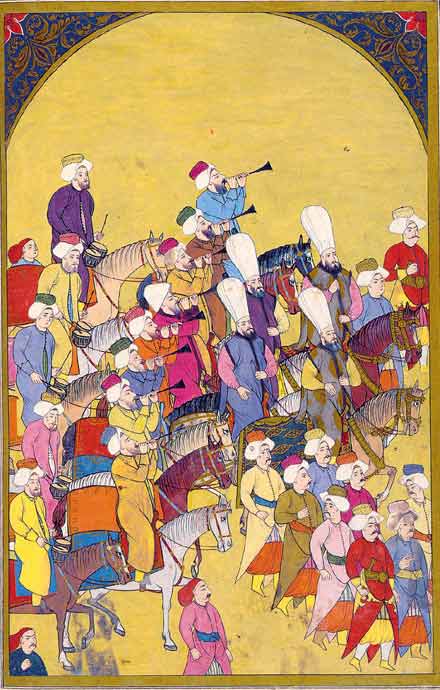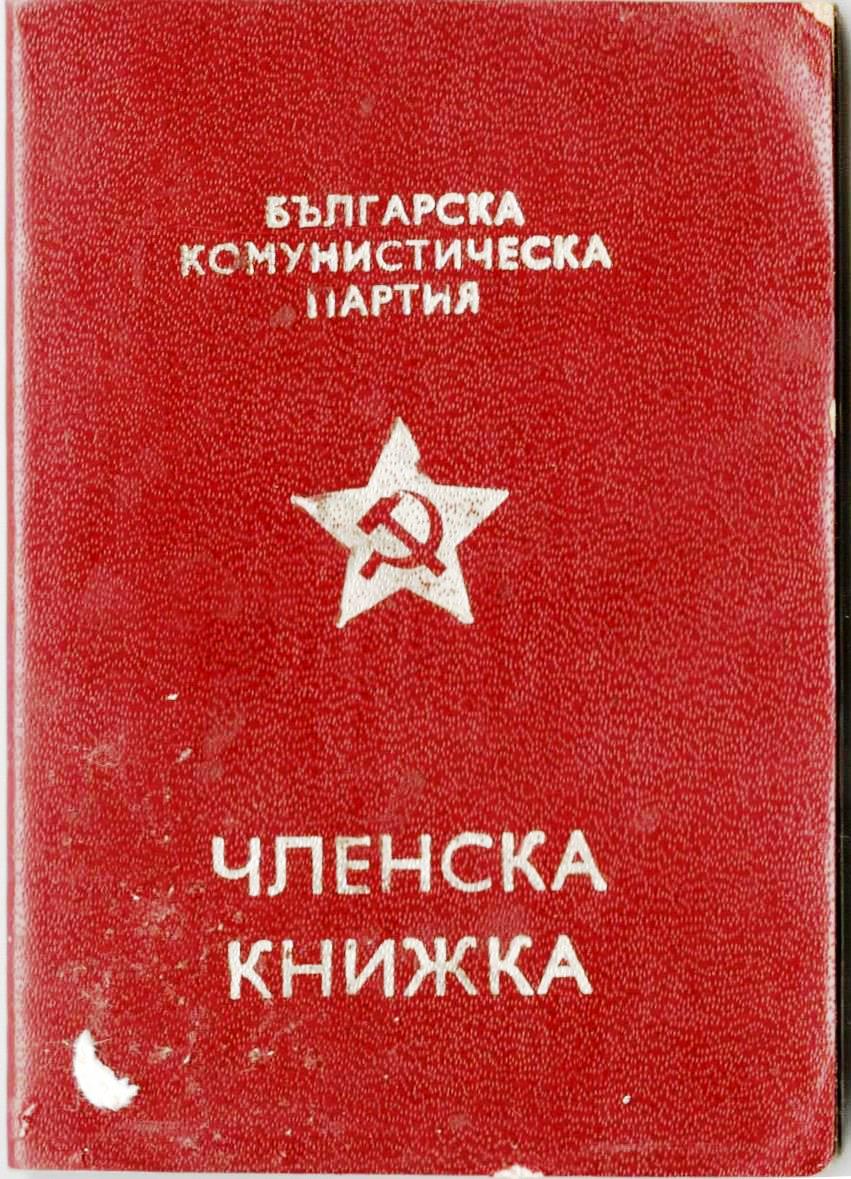|
Sredets, Burgas Province
Sredets ( bg, Средец ) is a town in Burgas Province in southeastern Bulgaria. It is located near Lake Mandrensko and the northern slopes of Strandzha. Sredets is the administrative centre of Sredets Municipality. Sredets Point on Smith Island, Antarctica is named after the town. History The Roman fortress of Kaleto, located 2 km southwest of Sredets, was constructed at the end of the fifth and beginning of sixth century AD. Under the First Bulgarian Empire, the fortress became known as Potamukastel ( bg, Потамукастел). Potamukastel was destroyed in the 11th century, but later rebuilt in the 12th century AD. The fortress was abandoned during Ottoman rule of Bulgaria, and the population of Potamukastel resettled at the location of the modern town and founded the village of Karabunar ( bg, Карабунар) ("black well" in Turkish). Karabunar is first mentioned in 1595, and is later found in Ottoman tax registers from 1676–1731. King Charles XII of Sw ... [...More Info...] [...Related Items...] OR: [Wikipedia] [Google] [Baidu] |
Countries Of The World
The following is a list providing an overview of sovereign states around the world with information on their status and recognition of their sovereignty. The 206 listed states can be divided into three categories based on membership within the United Nations System: 193 member states of the United Nations, UN member states, 2 United Nations General Assembly observers#Present non-member observers, UN General Assembly non-member observer states, and 11 other states. The ''sovereignty dispute'' column indicates states having undisputed sovereignty (188 states, of which there are 187 UN member states and 1 UN General Assembly non-member observer state), states having disputed sovereignty (16 states, of which there are 6 UN member states, 1 UN General Assembly non-member observer state, and 9 de facto states), and states having a political status of the Cook Islands and Niue, special political status (2 states, both in associated state, free association with New Zealand). Compi ... [...More Info...] [...Related Items...] OR: [Wikipedia] [Google] [Baidu] |
Ottoman Bulgaria
The history of Ottoman Bulgaria spans nearly 500 years, from the conquest by the Ottoman Empire of the smaller kingdoms emerging from the disintegrating Second Bulgarian Empire in the late 14th century, to the Liberation of Bulgaria in 1878. As a result of the Russo-Turkish War (1877–1878), the Principality of Bulgaria, a self-governing Ottoman vassal state that was functionally independent, was created. In 1885 the Ottoman autonomous province of Eastern Rumelia came under the control of and was unified with the Principality of Bulgaria. Bulgaria declared independence in 1908. Administrative organization The Ottomans reorganised the Bulgarian territories, dividing them into several vilayets, each ruled by a Sanjakbey or Subasi accountable to the Beylerbey. Significant parts of the conquered land were parcelled out to the Sultan's followers, who held it as benefices or fiefs (small ''timars'', medium ''ziyamet'' and large ''hases'') directly from him, or from the Beylerbeys ... [...More Info...] [...Related Items...] OR: [Wikipedia] [Google] [Baidu] |
Belevren
Belevren is a village in Sredets Municipality, in Burgas Province, in southeastern Bulgaria. The village borders the following villages: Gorno Yabalkovo, Dolno Yabalkovo, Granichar, and Kirovo. The southern border of the village coincides with the state border of Bulgaria with Turkey. After the Ilinden–Preobrazhenie Uprising in 1903 was populated with Bulgarian refugees. Near the village have been found ancient Thracian dolmens. Accessed May 5, 2010 Geography The village is located in the mountain. 4 km south of the village lies the Arabadzhi bayr, which is as high as the highest peak of ...[...More Info...] [...Related Items...] OR: [Wikipedia] [Google] [Baidu] |
September Uprising
The September Uprising ( bg, Септемврийско въстание, ''Septemvriysko vastanie'') was a 1923 communist insurgency in Bulgaria. The Bulgarian Communist Party (BCP) attempted to overthrow Alexander Tsankov's new government established following the coup d'état of 9 June. See also *Bulgarian coup d'état of 1923 * Bulgarian coup d'état of 1934 *Bulgarian coup d'état of 1944 *St Nedelya Church assault The St Nedelya Church assault was a terrorist attack on St Nedelya Church in Sofia, Bulgaria. It was carried out on 16 April 1925, when a group of the Military Organisation of the Bulgarian Communist Party directed and supplied by the Soviet M ... References Further reading * * * * (point of view of Bulgarian Communist Party leaders) External linksQuery of a social democrat deputy in the National Assembly regarding the terror around Lom in September 1923 {{Authority control 1923 in Bulgaria 20th-century rebellions Bulgarian Communist Par ... [...More Info...] [...Related Items...] OR: [Wikipedia] [Google] [Baidu] |
Bulgarian Communist Party
The Bulgarian Communist Party (BCP; bg, Българска Комунистическа Партия (БКП), Balgarska komunisticheska partiya (BKP)) was the founding and ruling party of the People's Republic of Bulgaria from 1946 until 1989, when the country ceased to be a socialist state. The party had dominated the Fatherland Front, a coalition that took power in 1944, late in World War II, after it led a coup against Bulgaria's tsarist regime in conjunction with the Red Army's crossing the border. It controlled its armed forces, the Bulgarian People's Army. The BCP was organized on the basis of democratic centralism, a principle introduced by the Russian Marxist scholar and leader Vladimir Lenin, which entails democratic and open discussion on policy on the condition of unity in upholding the agreed upon policies. The highest body of the BCP was the Party Congress, convened every fifth year. When the Party Congress was not in session, the Central Committee was the hig ... [...More Info...] [...Related Items...] OR: [Wikipedia] [Google] [Baidu] |
People's Republic Of Bulgaria
The People's Republic of Bulgaria (PRB; bg, Народна Република България (НРБ), ''Narodna Republika Balgariya, NRB'') was the official name of Bulgaria, when it was a socialist republic from 1946 to 1990, ruled by the Bulgarian Communist Party (BCP) together with its coalition partner, the Bulgarian Agrarian People's Union. Bulgaria was closely allied with the Soviet Union during the Cold War, being part of Comecon as well as a member of the Warsaw Pact. The Bulgarian resistance movement during World War II deposed the Kingdom of Bulgaria administration in the Bulgarian coup d'état of 1944 which ended the country's alliance with the Axis powers and led to the People's Republic in 1946. The BCP modelled its policies after those of the Soviet Union, transforming the country over the course of a decade from an agrarian peasant society into an industrialized socialist society. In the mid-1950s and after the death of Stalin, the party's hardliners lost in ... [...More Info...] [...Related Items...] OR: [Wikipedia] [Google] [Baidu] |
Principality Of Bulgaria
The Principality of Bulgaria ( bg, Княжество България, Knyazhestvo Balgariya) was a vassal state under the suzerainty of the Ottoman Empire. It was established by the Treaty of Berlin in 1878. After the Russo-Turkish War ended with a Russian victory, the Treaty of San Stefano was signed by Russia and the Ottoman Empire on 3 March 1878. Under this, a large Bulgarian vassal state was agreed to, which was significantly larger: its lands encompassed nearly all ethnic Bulgarians in the Balkans, and included most of Moesia, Thrace and Macedonia, stretching from the Black Sea to the Aegean. However, the United Kingdom and Austria-Hungary were against the establishment of such a large Russian client state in the Balkans, fearing it would shift the balance of power in the Mediterranean. Due to this, the great powers convened and signed the Treaty of Berlin, superseding the Treaty of San Stefano, which never went into effect. This created a much smaller principalit ... [...More Info...] [...Related Items...] OR: [Wikipedia] [Google] [Baidu] |
Eastern Rumelia
Eastern Rumelia ( bg, Източна Румелия, Iztochna Rumeliya; ota, , Rumeli-i Şarkî; el, Ανατολική Ρωμυλία, Anatoliki Romylia) was an autonomous province (''oblast'' in Bulgarian, ''vilayet'' in Turkish) in the Ottoman Empire, created in 1878 by the Treaty of Berlin and ''de facto'' ended in 1885, when it was united with the Principality of Bulgaria, also under Ottoman suzerainty. It continued to be an Ottoman province ''de jure'' until 1908, when Bulgaria declared independence. Ethnic Bulgarians formed a majority of the population in Eastern Rumelia, but there were significant Turkish and Greek minorities. Its capital was Plovdiv (Ottoman ''Filibe'', Greek ''Philippoupoli''). The official languages of Eastern Rumelia were: Bulgarian, Greek and Ottoman Turkish. History Eastern Rumelia was created as an autonomous province within the Ottoman Empire by the Treaty of Berlin in 1878. The region roughly corresponded to today's southern Bulgaria, wh ... [...More Info...] [...Related Items...] OR: [Wikipedia] [Google] [Baidu] |
Vasil Levski
Vasil Levski ( bg, Васил Левски, spelled in old Bulgarian orthography as , ), born Vasil Ivanov Kunchev (; 18 July 1837 – 18 February 1873), was a Bulgarian revolutionary who is, today, a national hero of Bulgaria. Dubbed the ''Apostle of Freedom'', Levski ideologised and strategised a revolutionary movement to liberate Bulgaria from Ottoman rule. Levski founded the Internal Revolutionary Organisation, and sought to foment a nationwide uprising through a network of secret regional committees. Born in the Sub-Balkan town of Karlovo to middle-class parents, Levski became an Orthodox monk before emigrating to join the two Bulgarian Legions in Serbia and other Bulgarian revolutionary groups. Abroad, he acquired the nickname ''Levski'' ("Lionlike"). After working as a teacher in Bulgarian lands, he propagated his views and developed the concept of his Bulgaria-based revolutionary organisation, an innovative idea that superseded the foreign-based detachment str ... [...More Info...] [...Related Items...] OR: [Wikipedia] [Google] [Baidu] |
Imperial Russian Army
The Imperial Russian Army (russian: Ру́сская импера́торская а́рмия, tr. ) was the armed land force of the Russian Empire, active from around 1721 to the Russian Revolution of 1917. In the early 1850s, the Russian Army consisted of more than 900,000 regular soldiers and nearly 250,000 irregulars (mostly Cossacks). Precursors: Regiments of the New Order Russian tsars before Peter the Great maintained professional hereditary musketeer corps known as '' streltsy''. These were originally raised by Ivan the Terrible; originally an effective force, they had become highly unreliable and undisciplined. In times of war the armed forces were augmented by peasants. The regiments of the new order, or regiments of the foreign order (''Полки нового строя'' or ''Полки иноземного строя'', ''Polki novovo (inozemnovo) stroya''), was the Russian term that was used to describe military units that were formed in the Tsardom of Russi ... [...More Info...] [...Related Items...] OR: [Wikipedia] [Google] [Baidu] |
Sophronius Of Vratsa
Saint Sophronius of Vratsa (or Sofroniy Vrachanski; bg, Софроний Врачански; 1739–1813), born Stoyko Vladislavov ( bg, Стойко Владиславов), was a Bulgarian cleric and one of the leading figures of the early Bulgarian National Revival. Biography Vladislavov was born in the town of Kotel in eastern Bulgaria in 1739 to the family of a cattle trader. His father, Vladislav died in 1750 in Istanbul of the plague. When Stoiko was 3 years old his mother, Maria, died and his father remarried. Mutafchieva, Vera (1983) page 7 'Book about Sophronius' Publisher "Georgi Bakalov" Varna He attended a monastery school in his home town and studied Slavic and Greek books. He worked as a frieze weaver, but had an interest in religion and became a cleric in 1762. While working as a teacher and writer he met Paisius of Hilendar in Kotel in 1765. Paisius showed him his ''Istoriya Slavyanobolgarskaya'', the primary work of the Bulgarian Revival, of which Vladislavov ... [...More Info...] [...Related Items...] OR: [Wikipedia] [Google] [Baidu] |



